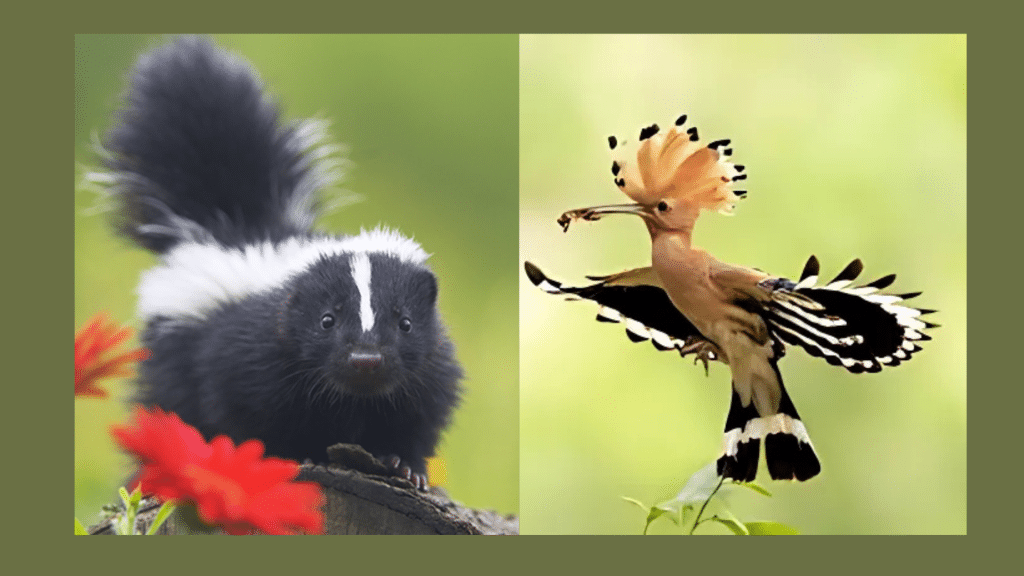Not every animal hides to stay safe; rather, some do the exact opposite; they show off with bright colors and bold patterns.
But why would they want to stand out?
These eye-catching looks aren’t just for show. They send a strong message, but only to those who know what to look for.
It’s a smart trick that’s been shaped by nature over time.
In this blog, you will find some of the most surprising aposematic coloration examples of creatures that use color in unexpected ways.
What is Aposematic Coloration?
Aposematic coloration is when animals use bright colors and patterns to warn predators they’re harmful to eat.
Scientists first noticed this in the 1800s when they saw that animals with strong defenses, like stings or poison, often had eye-catching colors.
Unlike camouflage (where animals blend in) or mimicry (where harmless animals copy dangerous ones), aposematic animals want to be seen. They stand out on purpose.
The science behind this is simple: when a predator tries to eat a brightly colored animal and gets sick or hurt, it remembers the bad experience and avoids animals with those colors in the future.
Over time, predators learn that these colors mean stay away.
The most common warning colors in nature are bright reds, yellows, oranges, and whites, often paired with black.
Some Aposematic Coloration Examples
Below are some examples of animals with aposematic colorations that help them warn their predators.
1. Insects
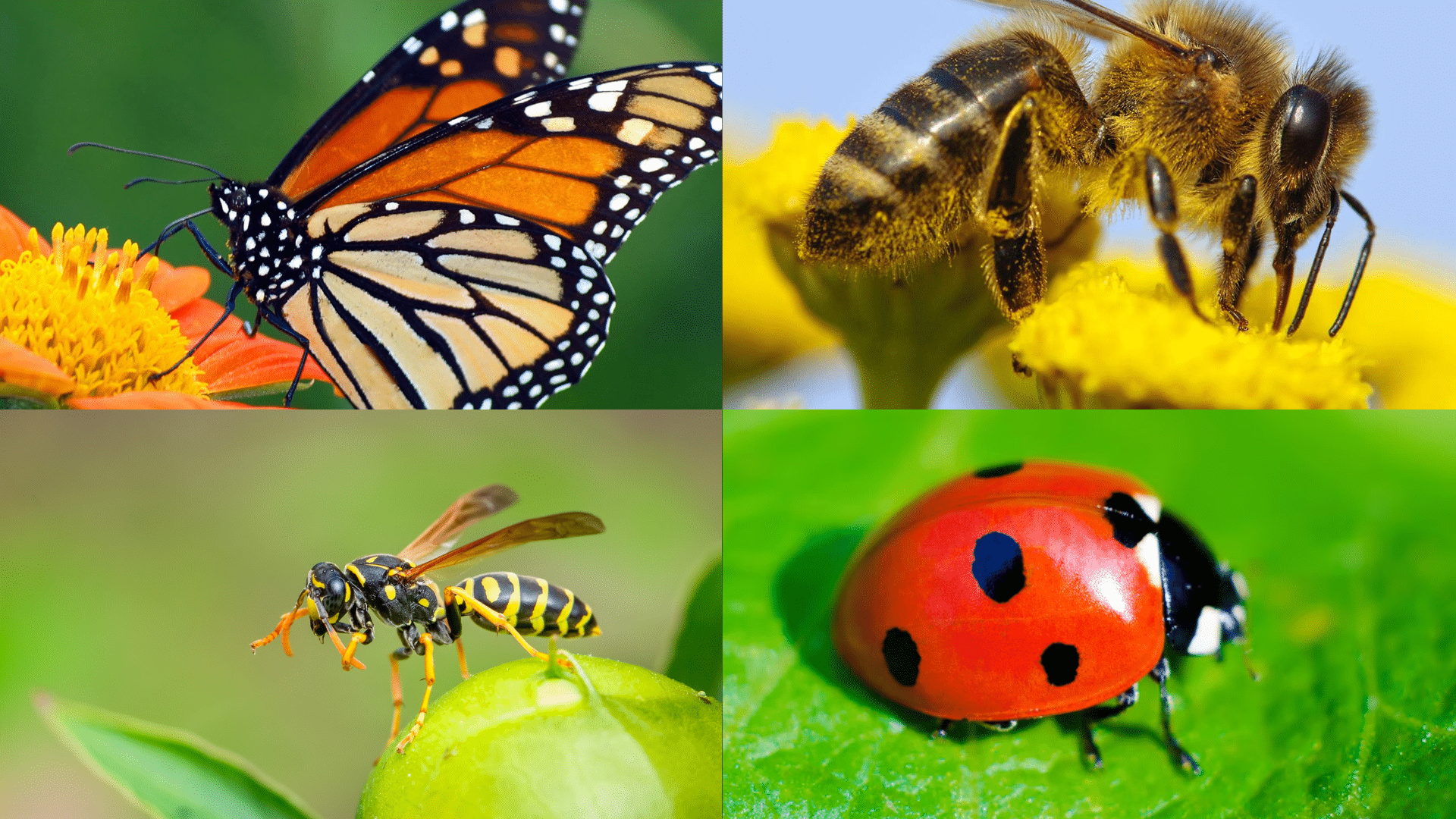
These small animals often use colors to scare away birds or other bugs that might want to eat them.
- Monarch Butterflies: These orange butterflies have black lines on their bright wings. Their bad taste is evident to birds after just one bite, as they learn not to eat them. The butterflies get their bad taste from the milkweed plants they eat as caterpillars.
- Bees: Bees have yellow and black stripes, and these colors are a warning sign. They tell other animals that the bee can sting. The stripes help bees avoid fights by sending a clear message.
- Wasps: Like bees, wasps have yellow and black stripes. They use their stingers to protect themselves, and their colors warn others to stay away. Wasps can sting more than once, making their warning even stronger.
- Ladybugs: These are red with black spots. They may look cute, but they taste bad to birds and other animals. Their color helps keep them safe. Some ladybugs also give off a smelly liquid when they feel threatened.
2. Amphibians
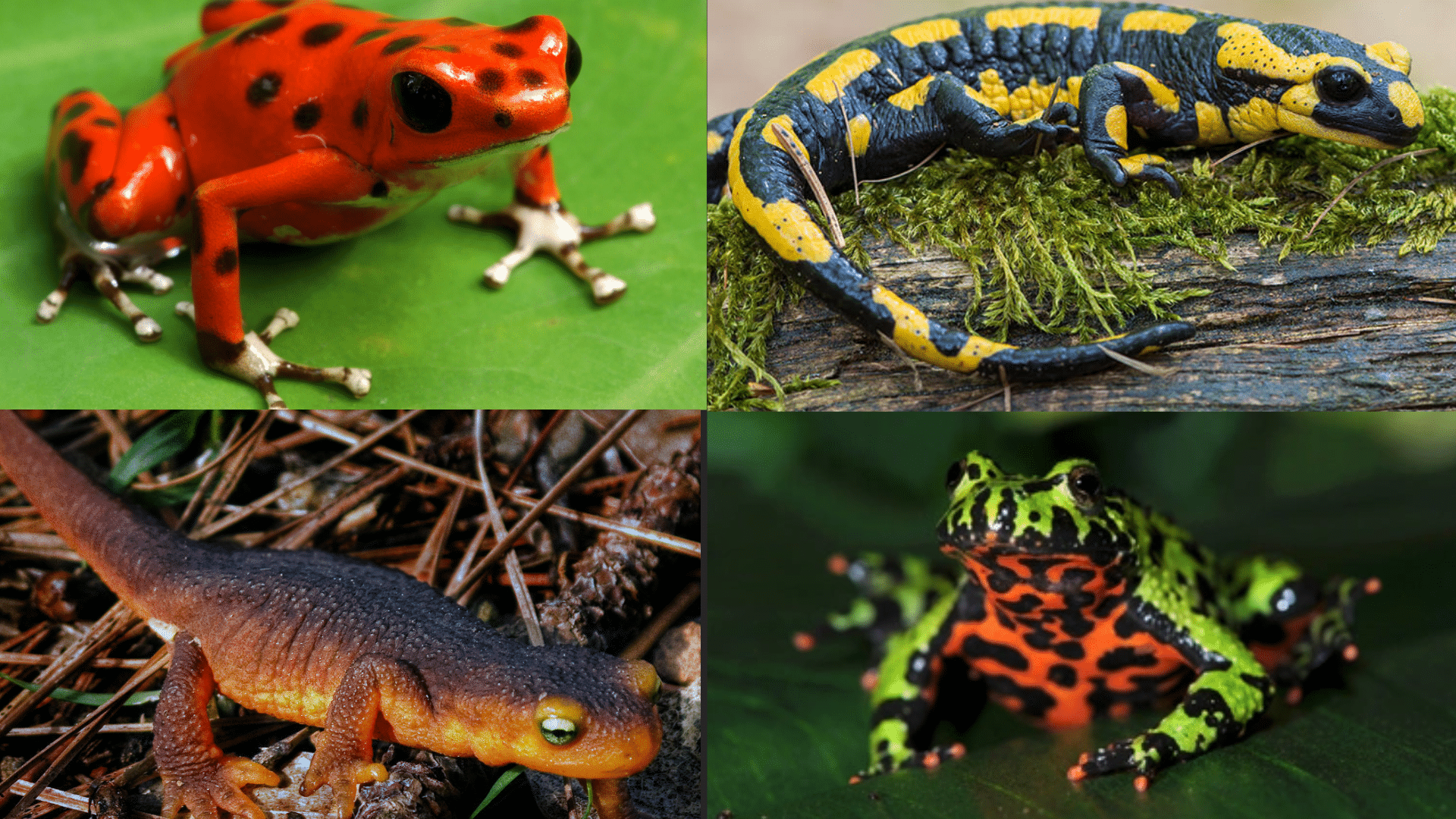
These animals live part of their life in water and part on land. Many of them use bright colors to warn about poison in their skin.
- Poison Dart Frogs: These frogs are very bright blue, yellow, green, or orange. Their skin has poison that can be very harmful. The colors tell animals not to eat them. These frogs live in rainforests and are often seen on leaves.
- Fire Salamanders: These black and yellow salamanders live in damp forests. When they feel scared, they let out poison from their skin. Their color says, “Leave me alone!” They hide during the day and come out at night.
- Fire-Bellied Toads: These toads have green backs and bright red or orange bellies. When they feel danger, they show off their red belly to scare away other animals.
- California Newt: This Newt has a bright orange belly that warns predators it is poisonous. When threatened, it shows its colorful underside to scare off animals.
3. Marine Animals
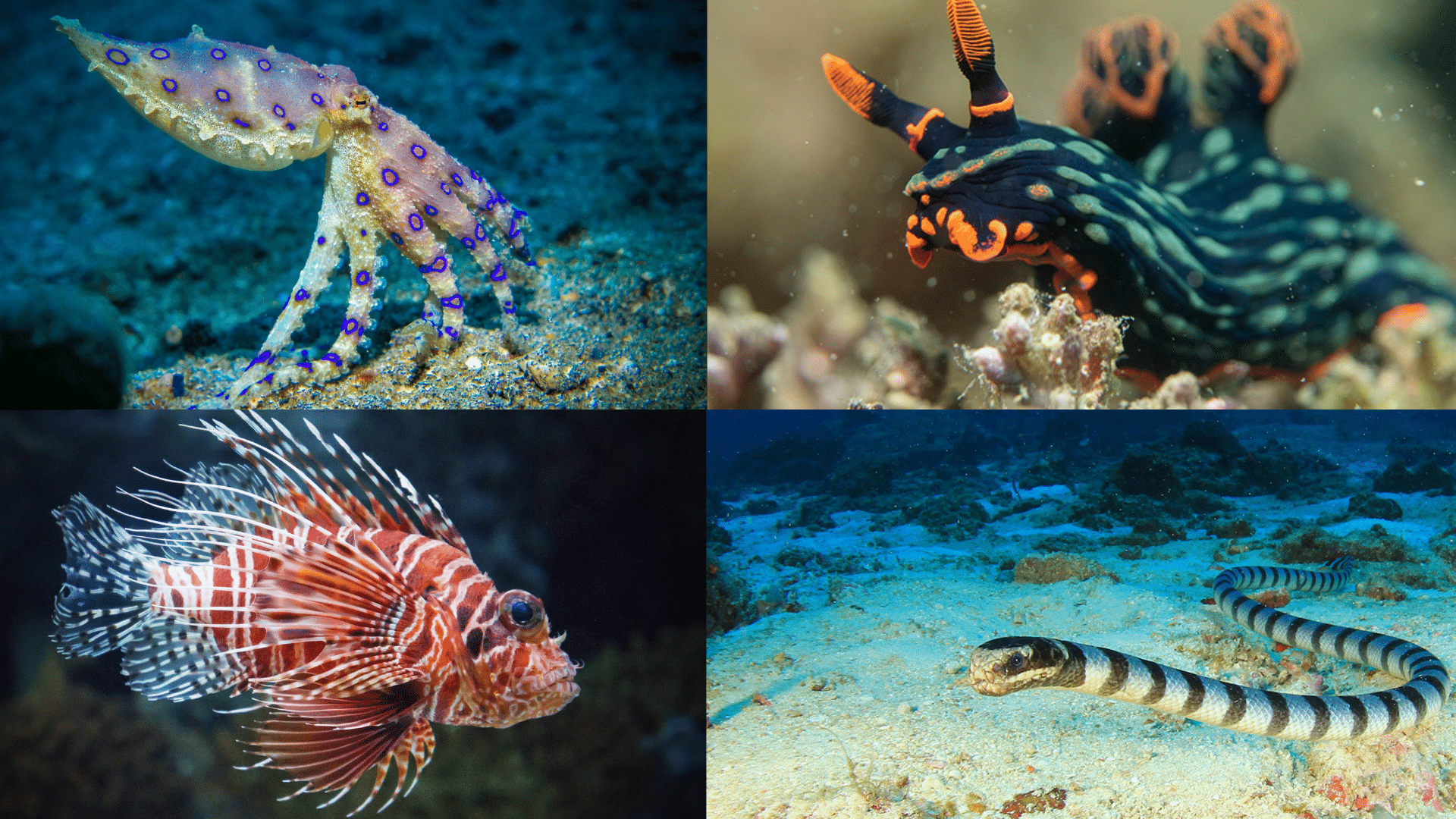
Some sea animals use bright colors to show they are dangerous or not tasty.
- Blue-Ringed Octopus: This small octopus has glowing blue rings on its body, which light up when it feels scared. Its powerful venom can be deadly, even to humans.
- Nudibranchs (Sea Slugs): These sea slugs look like tiny moving rainbows. Their colors warn that they carry poison or bad-tasting chemicals in their bodies. Some nudibranchs even get their poison from the food they eat, like sponges or jellyfish.
- Lionfish: Lionfish have red, white, and black stripes with long spines. Their spines hold venom, and their colors and shape warn fish to stay away. Lionfish are slow swimmers but use their spines to defend themselves.
- Sea Kraits (Venomous Sea Snakes): Many species of sea kraits have vibrant bands of black and white or blue and white. These highly venomous snakes are conspicuous in their marine environments, and their bright coloration is thought to serve as a warning to potential predators to avoid them.
4. Reptiles
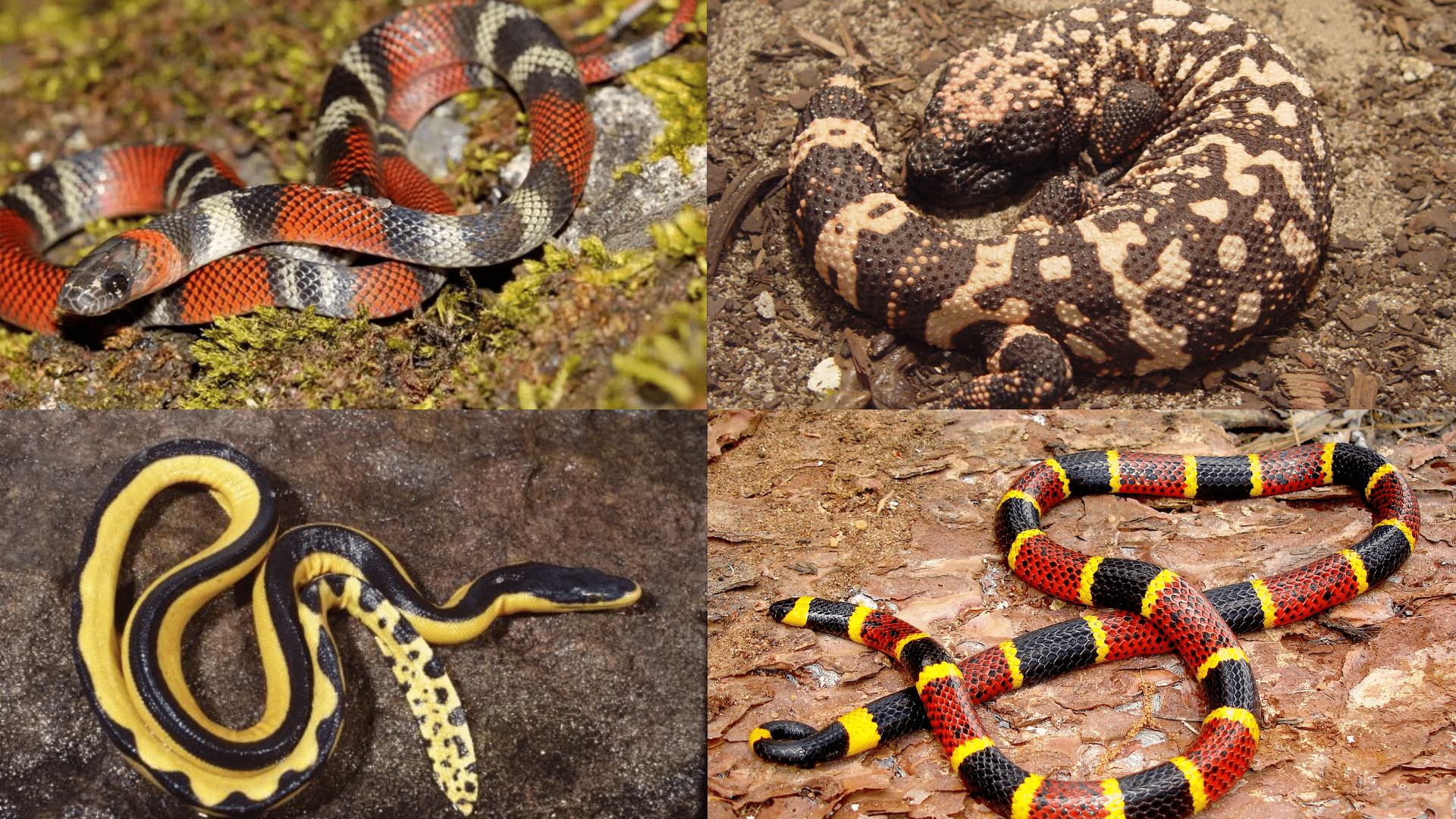
Reptiles also use colors to stay safe or show that they are harmless.
- Coral Snakes: These small snakes have bright red, yellow, and black bands. These stripes warn that the snake is venomous. They hide under leaves and logs, but their colors stand out as a clear “stop ” sign.
- Gila Monsters: They are big lizards with orange and black skin. They move slowly but have a painful bite. Their bold color warns others not to get too close. They are one of the few venomous lizards in the world and primarily inhabit deserts.
- Poisonous Sea Snakes (e.g., Yellow-bellied Sea Snake): Similar to sea kraits, many fully aquatic sea snakes exhibit bright and contrasting colors, such as the vivid yellow belly and black back of the Yellow-bellied Sea Snake. These snakes are highly venomous, and their conspicuous coloration is believed to be a warning signal to potential predators in the ocean.
- Texas Coral Snake: This snake looks a lot like other coral snakes and has red, black, and yellow stripes. It is venomous and hides during the day. Its bright bands remind animals not to mess with it.
5. Mammals
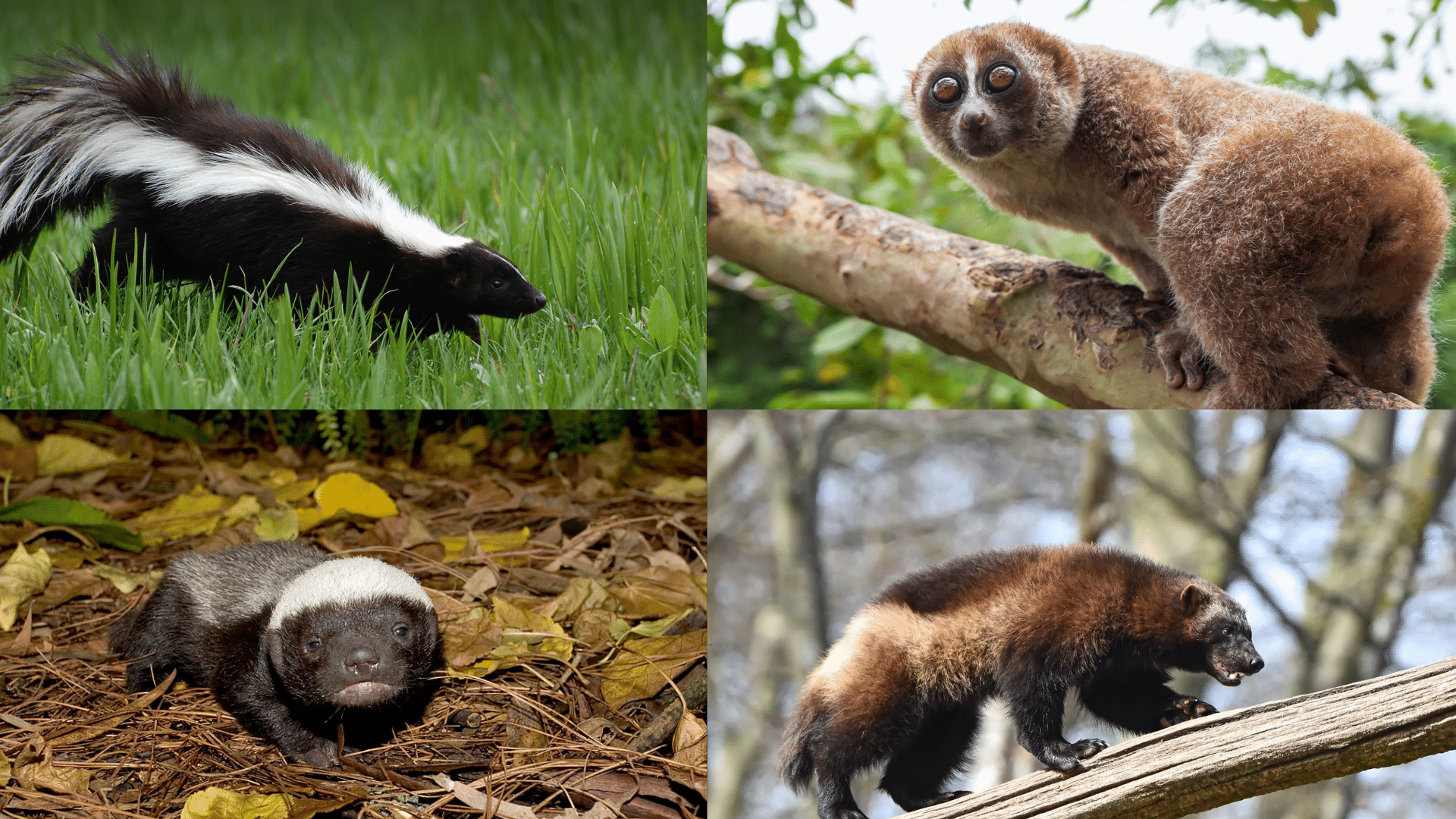
It’s not very common, but a few mammals also use warning colors.
- Skunks: Skunks are black with a white stripe. This bold pattern warns animals that if they get too close, they might get sprayed with a very bad smell. The spray can cause eye irritation and is difficult to wash off, so animals learn to avoid it.
- Slow Lorises: These small primates look cute but have a toxic bite. Some have dark patches around their eyes, which helps scare off other animals. They lick a gland on their arm to spread the poison onto their teeth.
- Honey Badgers: Honey badgers have black bodies with a white stripe on their back. This color warns others they are tough and not afraid to fight. They are strong and fearless, even chasing away bigger animals.
- Wolverines: Wolverines have dark fur with lighter bands on their sides and back. This bold look helps warn animals that they are strong and fierce. They give off a strong smell from scent glands, which also helps keep other animals away.
6. Birds
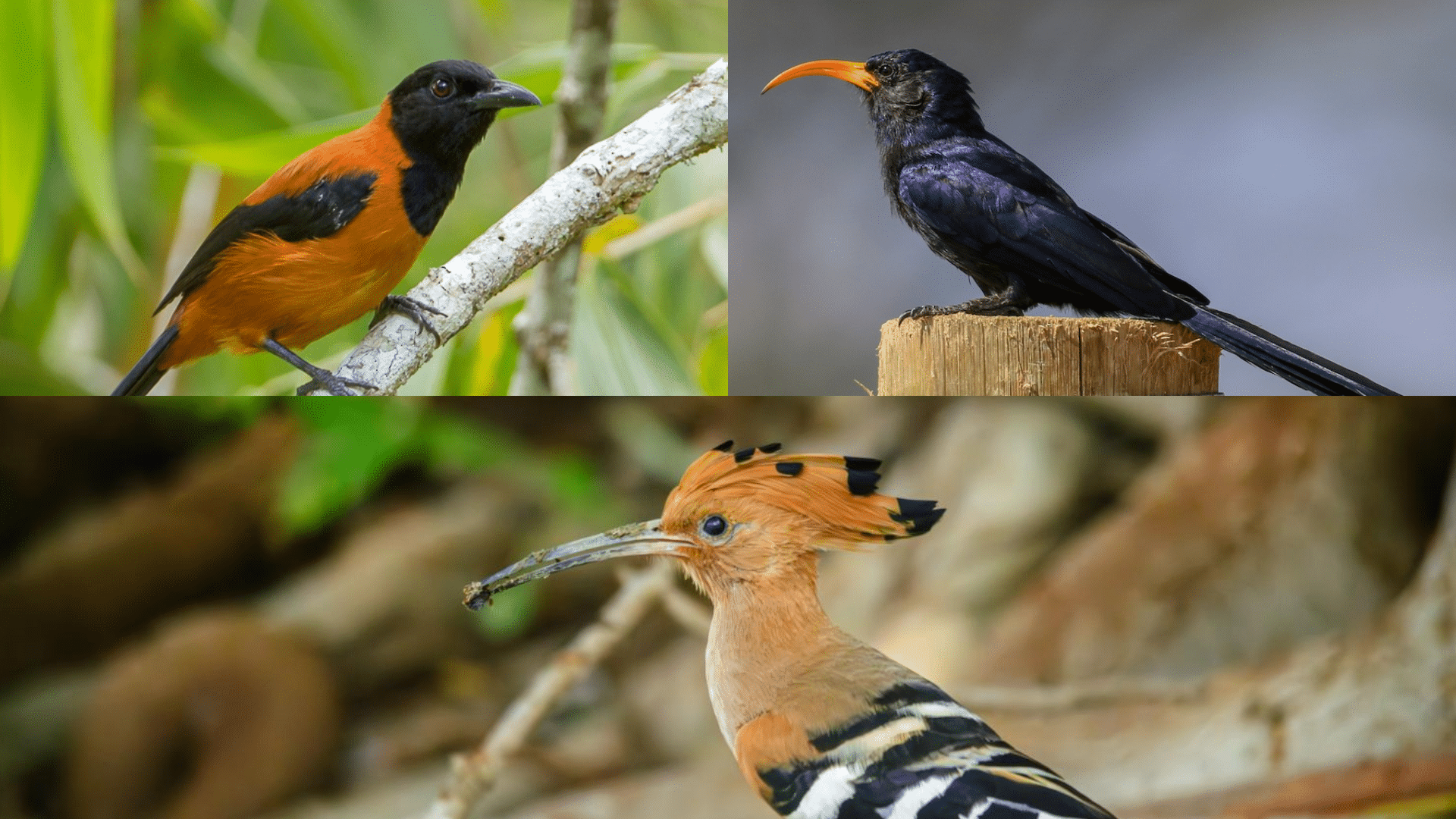
A few birds are brightly colored because they contain toxic substances or have unpleasant tastes.
- Pitohuis: These birds live in New Guinea. Their feathers and skin have poison that can hurt other animals. They are brightly colored in orange and black to show they are not safe to eat. The poison comes from what they eat, like certain toxic beetles.
- Abyssinian Scimitarbill: The Abyssinian Scimitarbill looks very much like the Common Scimitarbill. It has shiny green-blue feathers and a white wing stripe. It also produces an unpleasant smell to keep predators away.
- Eurasian Hoopoe: The Eurasian Hoopoe bird sprays a bad-smelling liquid from a special gland when it feels threatened. This strong smell warns other animals to stay away. It is a way the bird protects itself from danger.
Wrapping It Up
Their bright colors send a message: “Don’t mess with me.”
From bugs and frogs to birds and sea creatures, these colors help them stay out of trouble.
A predator might try once, but it won’t try again.
Nature has taught these animals a smart trick: being seen can sometimes be the best way to survive.

